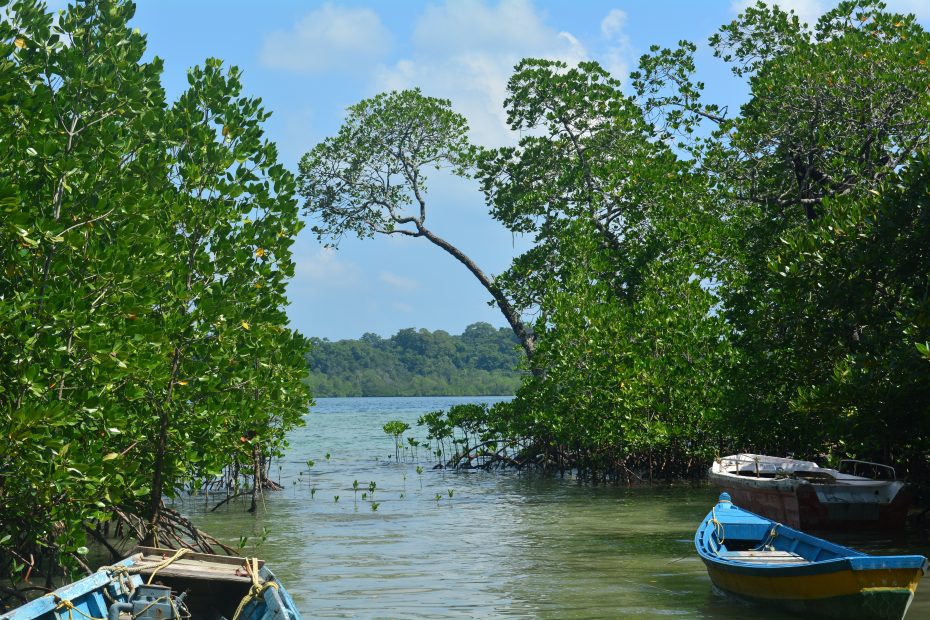Table of Contents
Introduction
The Solomon Islands is a nation located in the South Pacific that exemplifies incredible cultural diversity. With over 90 indigenous languages and unique traditions developed over thousands of years, the “Isles of Melanesia” offer an unparalleled opportunity to immerse in a living Melanesian culture. From exhilarating music and dance performances to expressive arts and crafts and culinary delicacies, experiencing the richness of Solomon Islands is a cultural extravaganza for any visitor.
Cultural Diversity
The Solomon Islands’ culture has been shaped by various external influences while retaining a strong Melanesian heritage. The population is predominantly Melanesian, with Polynesian and Micronesian settlers introducing their own cultural elements over centuries. European colonization also left a mark, with the islands being governed by the British as a protectorate until gaining independence in 1978. This blend of different traditions makes for a dynamic contemporary culture that still holds on to customary practices.
Languages
With dozens of local Polynesian and Papuan dialects across the provinces, Solomon Islands Pidgin serves as the lingua franca. English is also an official language and used in schools and governance. When visiting villages, learning a few phrases in Pidgin demonstrates respect for locals and helps bridge communication gaps.
Traditional Customs
Solomon Islanders value community, kinship ties, oral history, and ceremonial rituals that provide a connection to their ancestors. Each island and village has its own unique customs, from elaborate wedding procedures to rites of passage for boys entering manhood. Experiencing these living traditions provides deep insight into the indigenous cultures.
Arts and Crafts
The islands host skilled craftspeople keeping traditional art forms alive through wood carving, jewelry making, weaving, and more. Striking designs are carved into ceremonial masks, canoe prows, and household implements. Warmly welcomed at villages, visitors can witness craftsmen at work and purchase handmade souvenirs like shell necklaces, wood bowls, and baskets directly from the talented artisans.
Music and Dance
The rhythmic music of log and paddle drums, bamboo flutes, and shell horns fill the air during cultural events. Each island has its own unique dance style and melodies, with dancers adorning tribal attire, body paint, and masks. Witnessing traditional music and dance is the highlight for many visitors, an experience that provides a window into the indigenous cultural heritage.
Attires
Intricately designed headdresses, grass skirts, shell belts, and leaf braziers constitute traditional island apparel used during rituals and ceremonies. Body tattoos and unique costumes also differentiate the various island tribes. By participating in a traditional dance or dressing up in customary garb, visitors can temporarily embody the vibrant Solomons culture.
Cuisine
Solomon cuisine utilizes fresh seafood, tropical fruits and vegetables, and locally grown staples like taro and cassava. Delicious dishes like fish cooked in coconut milk demonstrate indigenous cooking techniques and flavors. Kaivata festivities feature abundant traditional foods and kasto – a sweet dessert made from coconut and island nuts.
Eco-Cultural Tourism
Immersive eco-cultural tourism provides opportunities to engage with villages and experience daily life. Activities like hunting, fishing, cooking, and handicrafts foster cultural exchange. Attending a festival showcases lively music, dance, and customs. Purchasing handicrafts directly from local artisans supports traditional livelihoods and arts. Thoughtfully participating in such experiences provides insights into intact indigenous lifestyles.
Preserving Cultural Heritage
Dedicated efforts preserve the Solomon Islands’ rich living heritage through language revival programs, cultural awareness in education, and government programs to nurture traditional practices. Visitors who value indigenous traditions patronize cultural experiences, purchase handicrafts, and share experiences respectfully help maintain the islands’ vibrant culture.
Conclusion
The Solomon Islands provide an extraordinary opportunity to immerse in intact and diverse indigenous cultures through customs, arts, music, cuisine and more. By engaging respectfully with communities, visitors can experience this cultural extravaganza through activities like homestays, handicrafts, festivals and traditions. With dedicated preservation efforts, the vibrant living culture of the Solomon Islands continues to thrive.
FAQ
What are the major cultural influences in the Solomon Islands?
The Solomon Islands’ culture is predominantly Melanesian, with Polynesian and Micronesian influences. European colonization also left a mark on the diverse contemporary culture.
What language is widely spoken across the Solomon Islands?
Solomon Islands Pidgin is the lingua franca spoken across the archipelago’s many islands and provincial dialects. English is also an official language.
What are some examples of traditional arts and crafts?
Skilled Solomon Island craftspeople produce unique wooden carvings, thatch weaving, jewelry, baskets, and more. Visiting villages provides opportunities to witness artisans at work.
What activities can visitors participate in to experience the local culture?
Immersive activities like village homestays, cooking traditional dishes, making handicrafts, attending festivals, and purchasing locally made art foster cultural exchange.
How can visitors help support the preservation of indigenous heritage?
Visitors should engage respectfully with communities, participate in cultural experiences like homestays, purchase locally made handicrafts, and share their experiences to spread awareness.
